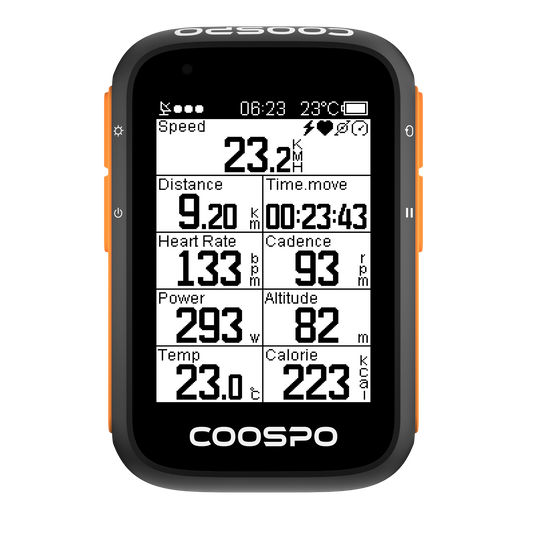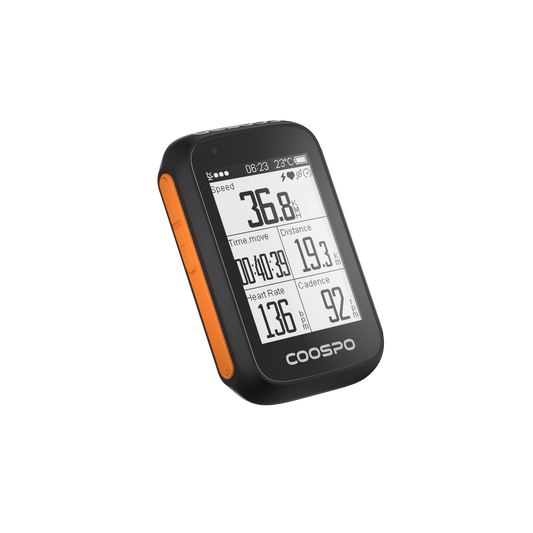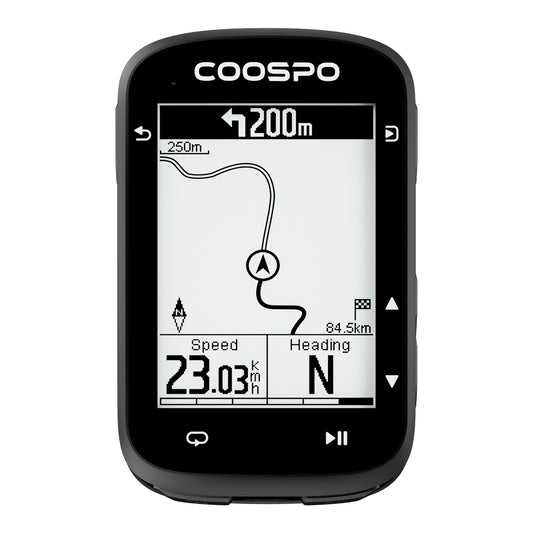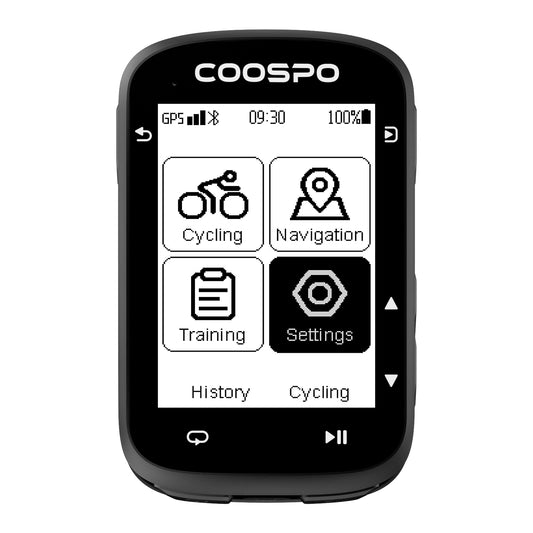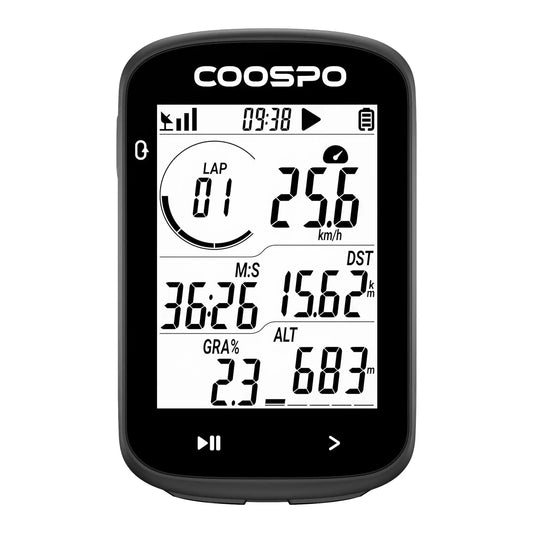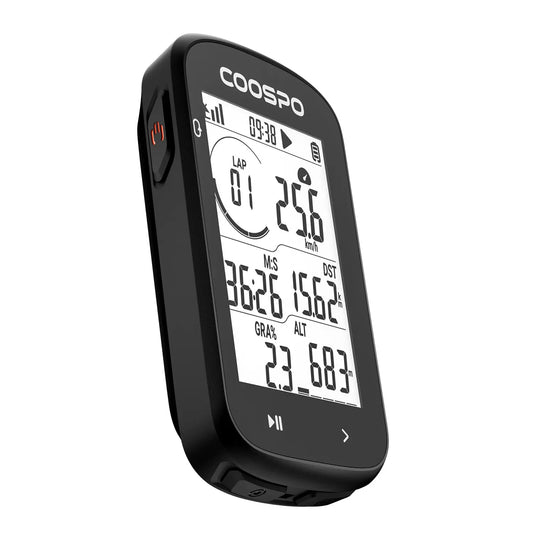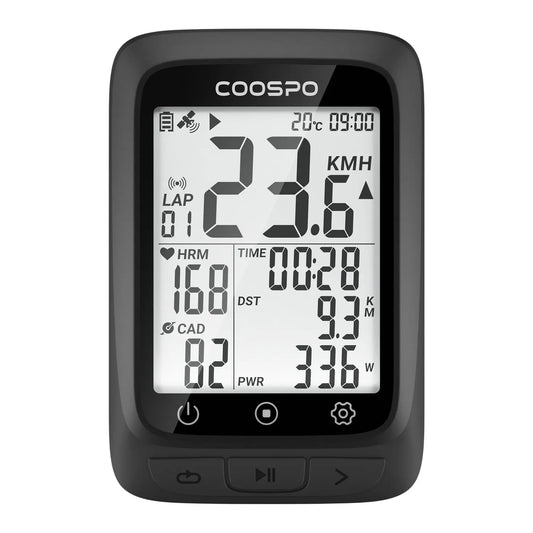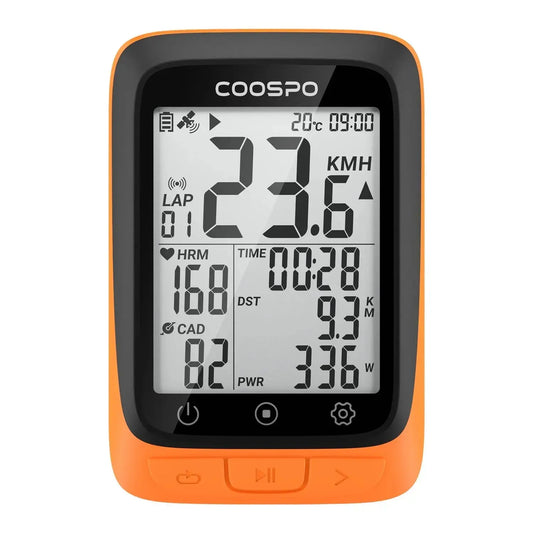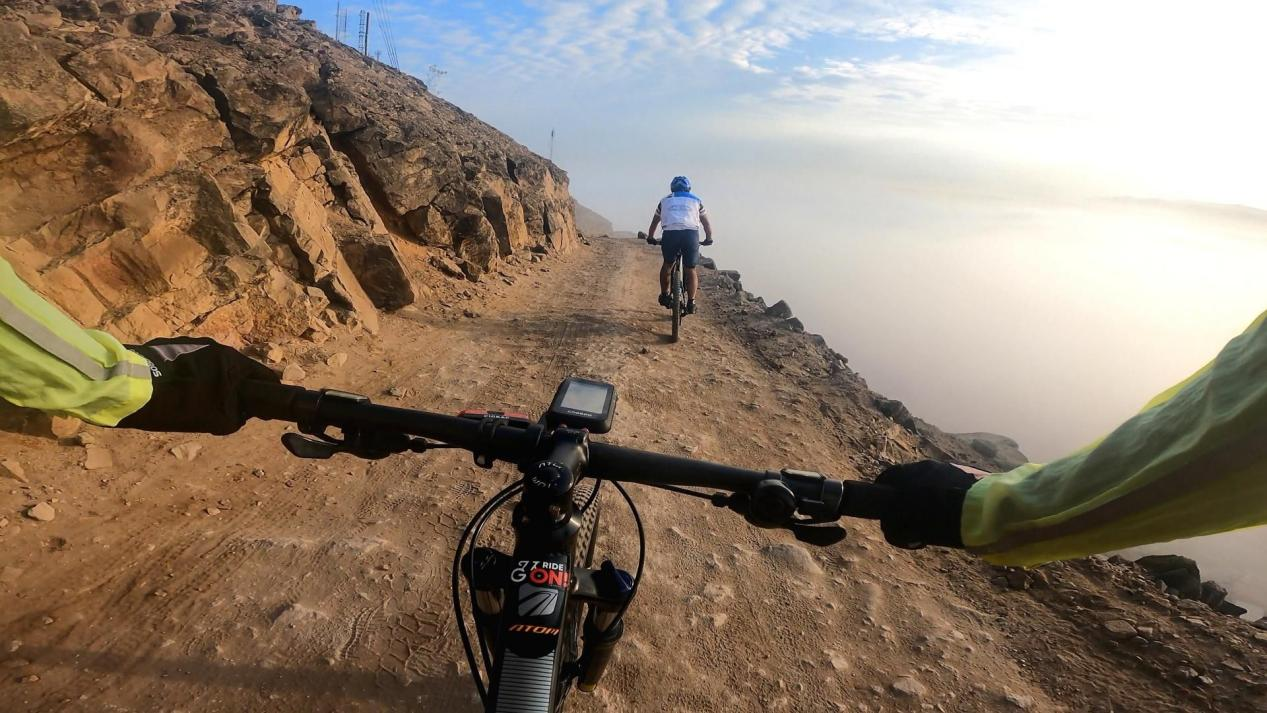Passen Sie Ihr Fahrrad angepasst, um Schmerzen und Verletzungen vorzubeugen
Passen Sie die Passform Ihres Fahrrads an, um Schmerzen und Verletzungen vorzubeugen
Fahrradfahren sollte immer bequem sein, egal ob es sich um eine kurze Fahrt oder eine lange Reise handelt. Aber wenn Ihr Fahrrad nicht richtig zu Ihnen passt, kann es zu Schmerzen und möglichen Verletzungen führen. Wenn Sie Beschwerden im Nacken, Rücken, in den Hüften oder Knien oder ein Taubheitsgefühl in Händen oder Füßen verspüren, ist es wahrscheinlich an der Zeit zu prüfen, ob Ihr Fahrrad das richtige für Sie ist.
Damit Sie beim Radfahren Spaß haben und sicher sind, ist es wichtig, dass Ihr Fahrrad gut zu Ihnen passt. Eine gute Fahrradanpassung kann Ihnen auch dabei helfen, besser in die Pedale zu treten und aerodynamischer zu sein, was Sie schneller machen kann. Hier sind die Grundprinzipien der Fahrradanpassung.
Einstellen des Fahrradsattels

Eine Studie aus dem Jahr 2014 ergab, dass das Design eines Fahrradsattels wichtig ist, um den Druck auf den Damm und das Risiko von Nervenschäden zu verringern. So stellen Sie Ihren Fahrradsattel richtig ein:
Höhe: Stellen Sie die Sattelhöhe so ein, dass Ihr Knie am unteren Ende der Pedalbewegung leicht gebeugt ist. Dadurch wird eine Überlastung Ihrer Knie vermieden und eine optimale Leistungsabgabe ermöglicht.
Längsposition: Wenn Ihre Füße auf den Pedalen stehen und die Kurbelarme parallel zum Boden sind, ist es wichtig, dass sich Ihr vorderes Knie direkt über der Pedalachse befindet. Mithilfe eines Lotes, das von der Patellasehne ausgeht, lässt sich diese Anpassung leichter erkennen.
Breite und Form: Verwenden Sie einen Sattel, der der Breite Ihrer Sitzknochen entspricht, um Unbehagen und Schmerzen zu vermeiden. Breitere oder schmalere Sättel können Unbehagen verursachen.
Neigung: Ein gerader Sattel ist normalerweise die beste Wahl, aber Sie können auch eine leichte Neigung ausprobieren, um zu sehen, was sich für Sie am angenehmsten anfühlt. Achten Sie nur darauf, ihn nicht zu weit nach oben zu neigen, da dies zu unangenehmen Druckstellen führen kann. Um Verletzungen zu vermeiden, neigen Sie ihn nicht zu weit nach unten. Wenn Sie ihn zu stark neigen, können Sie nach vorne rutschen und Ihre Arme, Hände und Knie belasten.
Schritte zum Einstellen Ihres Fahrradsitzes:
- Bevor Sie Ihren Fahrradsattel einstellen, ziehen Sie unbedingt Ihre Fahrradschuhe und Radlerhosen an, um die richtige Passform und Komfort während der Fahrt sicherzustellen.
- Stellen Sie sich auf Ihr Fahrrad und lassen Sie Ihre Fersen auf den Pedalen ruhen.
- Beginnen Sie rückwärts zu treten und achten Sie dabei auf die Position Ihrer Knie. Am tiefsten Punkt jedes Pedaltritts sollten Ihre Knie vollständig gestreckt sein, ohne sich zu weit zu strecken.
- Überprüfen Sie die Höhe Ihres Sattels. Wenn Ihre Hüften beim Treten von einer Seite zur anderen schwanken, kann dies ein Zeichen dafür sein, dass Ihr Sattel zu hoch ist.
- Nach der Höheneinstellung stellst du deine Füße mit den Fußballen auf die Pedale. Achte dabei darauf, dass deine Knie für die richtige Trittposition leicht gebeugt sind.
Lenkereinstellung

Die richtige Positionierung des Lenkers ist sehr wichtig, um Beschwerden und Schmerzen in Nacken, Schultern, Rücken und Händen vorzubeugen. Wenn der Lenker zu hoch, zu niedrig, zu nah oder zu weit weg ist, kann dies zu Beschwerden und Schmerzen führen. Kleine Anpassungen am Lenker können einen großen Unterschied darin machen, wie angenehm Sie sich beim Fahren fühlen.
Höhe: Passen Sie die Höhe des Lenkers an, um die Belastung von Nacken und Schultern zu minimieren.
Erreichen: Passen Sie die Vorbaulänge so an, dass Sie den Lenker bequem erreichen können. Es ist wichtig, dass Sie alle Handpositionen am Lenker leicht erreichen und beim Fahren bequem gebeugte Ellbogen haben. Diese Einstellung kann dazu beitragen, Schmerzen im unteren Rücken und Handgelenksbeschwerden vorzubeugen.
Fahrradanpassungen bei häufigen Schmerzproblemen
Knieschmerzen
Knieschmerzen können beim Radfahren auftreten, wenn der Sattel nicht richtig eingestellt ist. Dies kann passieren, wenn der Sattel zu hoch, zu niedrig, zu weit vorne oder zu weit hinten ist.Auch das falsche Tragen von Fahrradschuhen oder Cleats kann Knieschmerzen verschlimmern.
Wenn ein Sitz zu hoch ist, kann dies zu Beschwerden in Knien und Hüften führen. Der Sitz verursacht diese Beschwerden, indem er Ihre Hüften von einer Seite zur anderen bewegt.
Ein zu niedriger oder zu weit vorn angebrachter Sattel kann Schmerzen an der Vorderseite des Knies verursachen. Eine falsche Fußposition auf dem Pedal oder eine falsche Ausrichtung der Schuhplatten können ebenfalls die Innen- oder Außenseite der Knie belasten.
So beugen Sie Knieschmerzen vor:
Pedalplatten: Stellen Sie sicher, dass Ihre Pedalplatten richtig ausgerichtet sind. Wenn dies nicht der Fall ist, kann dies zu zusätzlicher Belastung Ihrer Knie führen.
Q-Faktor: Stellen Sie sicher, dass die Breite der Pedalspindel Ihrer Hüftbreite entspricht. Dadurch wird der seitliche Druck auf Ihre Knie verringert.
Nackenschmerzen
Radfahrer bekommen häufig Nackenschmerzen, wenn sie Fahrräder fahren, die zu lang sind oder einen niedrigen Lenker haben. Verspannte Oberschenkel- und Hüftbeugemuskeln können ebenfalls zu Nackenschmerzen beitragen, da sie die Ausrichtung von Wirbelsäule und Nacken beeinträchtigen. Um Nackenschmerzen zu lindern, ist es wichtig, dass Ihr Fahrrad richtig sitzt und dass Sie sich regelmäßig dehnen, um Ihre Muskeln geschmeidig zu halten.
Lenkerhöhe: Versuchen Sie, die Lenkerhöhe anzupassen, um eine Position zu finden, bei der die Belastung Ihres Nackens reduziert wird.
Griff und Haltung: Halten Sie den Lenker locker und sitzen Sie aufrecht, um Nackenschmerzen vorzubeugen. Verspannungen und eine schlechte Haltung können diese verschlimmern.
Fußschmerzen oder Taubheitsgefühl in den Füßen
Falsch sitzende Schuhe oder Pedale in der falschen Position können Fußschmerzen oder Taubheitsgefühle verursachen. So beheben Sie dieses Problem.
Passform des Schuhs: Achten Sie auf eine gute Passform Ihrer Fahrradschuhe, um Taubheitsgefühle durch eingeklemmte Nerven zu vermeiden. Fahrradschuhe mit steifen Sohlen helfen, den Druck auf das Pedal gleichmäßig zu verteilen.
Pedalstellung: Positionieren Sie Pedal und Schuhplatte so, dass der Fuß nicht zu weit nach innen oder außen rollt.
Schmerzen oder Taubheitsgefühl in der Hand
Schmerzen und Taubheitsgefühle in den Händen können durch die Behebung von Problemen mit Lenker und Griffen gelindert werden.
Lenkertyp: Wählen Sie einen Lenker, der zu Ihrem Fahrstil passt. Verschiedene Typen wie Drop-, Flat- oder Aero-Lenker üben unterschiedlichen Druck auf Ihre Hände aus.
Griffdruck: Halten Sie den Lenker locker und wechseln Sie ab und zu die Position Ihrer Hände, um zu viel Druck auf eine Stelle zu vermeiden. Achten Sie darauf, dass Ihre Ellbogen während der Fahrt leicht gebeugt und nicht ganz gestreckt sind.
Fahrradhandschuhe: Sie können Schmerzen oder Taubheitsgefühlen in den Händen vorbeugen, indem Sie beim Radfahren Handschuhe mit Polsterung tragen. Die Polsterung sorgt für eine Polsterung und schützt Ihre Hände.
Abschluss
Denken Sie daran, dass jeder Mensch anders ist. Daher kann es einige Versuche erfordern, das richtige Fahrrad-Setup für Sie zu finden. Regelmäßiges Überprüfen und Anpassen Ihres Fahrrads trägt dazu bei, dass Ihre Fahrten komfortabler und unterhaltsamer werden.
Um Ihr Radfahrerlebnis zu verbessern, müssen Sie nicht nur Ihr Fahrrad anpassen, sondern auch Technologie nutzen. Fahrradcomputer, Herzfrequenzmesser, Geschwindigkeitssensoren, Und Trittfrequenzsensoren kann Ihre Leistung verfolgen und Ihre Fahrt verbessern. Durch die Analyse von Echtzeitdaten und die Anpassung nach Bedarf können Sie Ihr Fahrraderlebnis optimieren.



